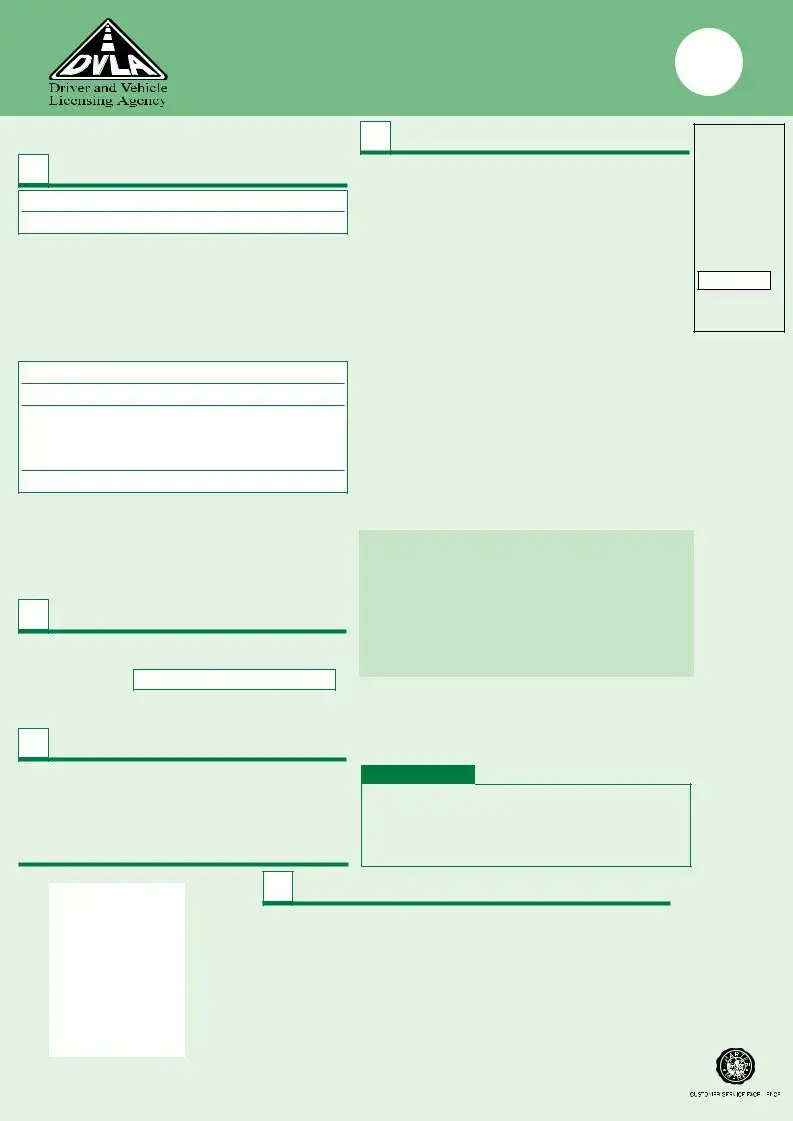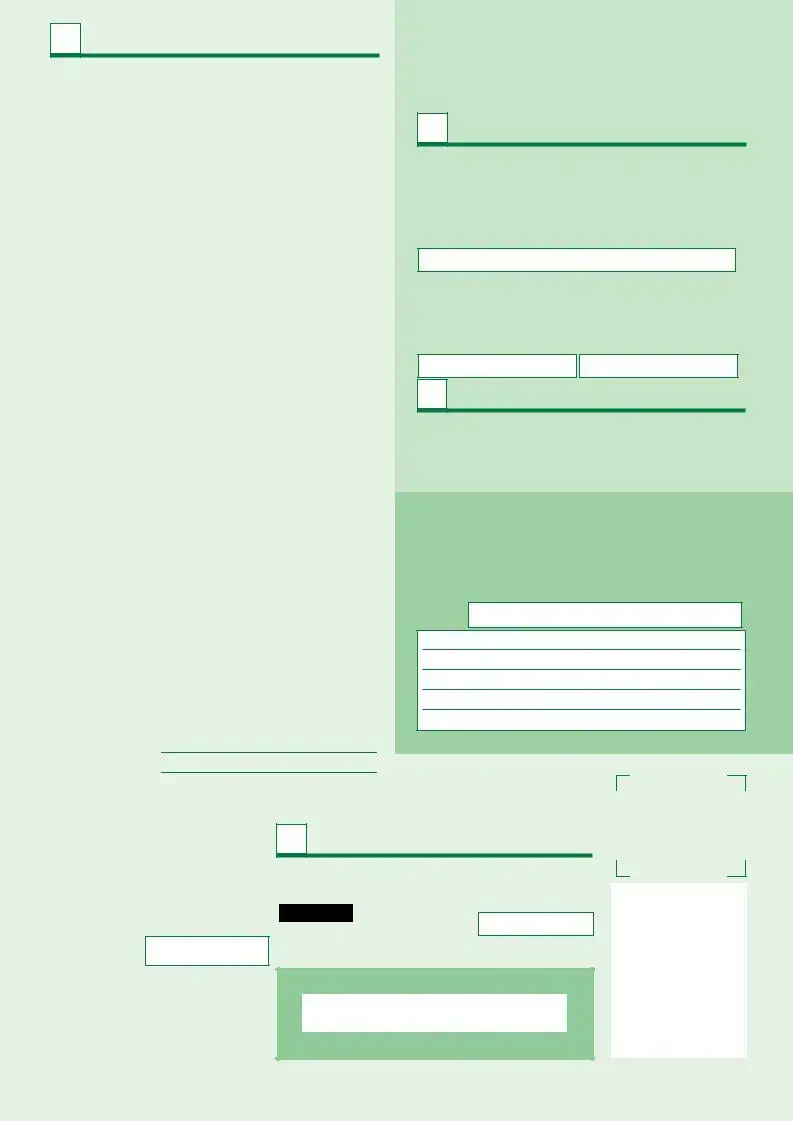Instructions on Utilizing D1 Dvla
Filling out the D1 DVLA form is an essential step in applying for or renewing a driving licence. It requires accurate information and careful attention to detail. Below are the steps to successfully complete the form.
- Use BLOCK CAPITALS and fill in the form with black ink.
- Enter your personal details in section 1, including your surname, first names, title, date of birth, UK driver number (if known), current address, place of birth, daytime phone number, and email address.
- Indicate if your name or address has changed since your last licence was issued. If yes, provide your previous details in the designated box.
- For residency, indicate whether you have lived in another EC or EEA country in the last 12 months and provide the date you came to live in the UK if applicable.
- In section 2, answer the eyesight questions. Can you read a car number plate from the specified distance? State whether you need to wear glasses or corrective lenses.
- Move on to section 3. Select the licence you want by ticking the appropriate boxes. Enter the desired start date for your licence.
- Provide your previous licence details in section 4, indicating whether it was a photocard or paper licence. If disqualified, state the details requested.
- Complete section 5 regarding your health. Fill out either part A or part B, depending on your medical history.
- In section 6, confirm your identity by providing the documents listed. Do not submit photocopies.
- Sign your photograph if you are required to provide one. Ensure that a reliable person has signed it as instructed.
- In the document checklist, ensure you have enclosed the correct fee and any other required documents.
- Lastly, sign the form with your signature within the designated white box. Ensure you understand the legal implications of submitting false information.
Once completed, review the form thoroughly to confirm that all information is accurate. Then, proceed to submit it according to the provided instructions, ensuring you enclose any necessary documents and fees.



